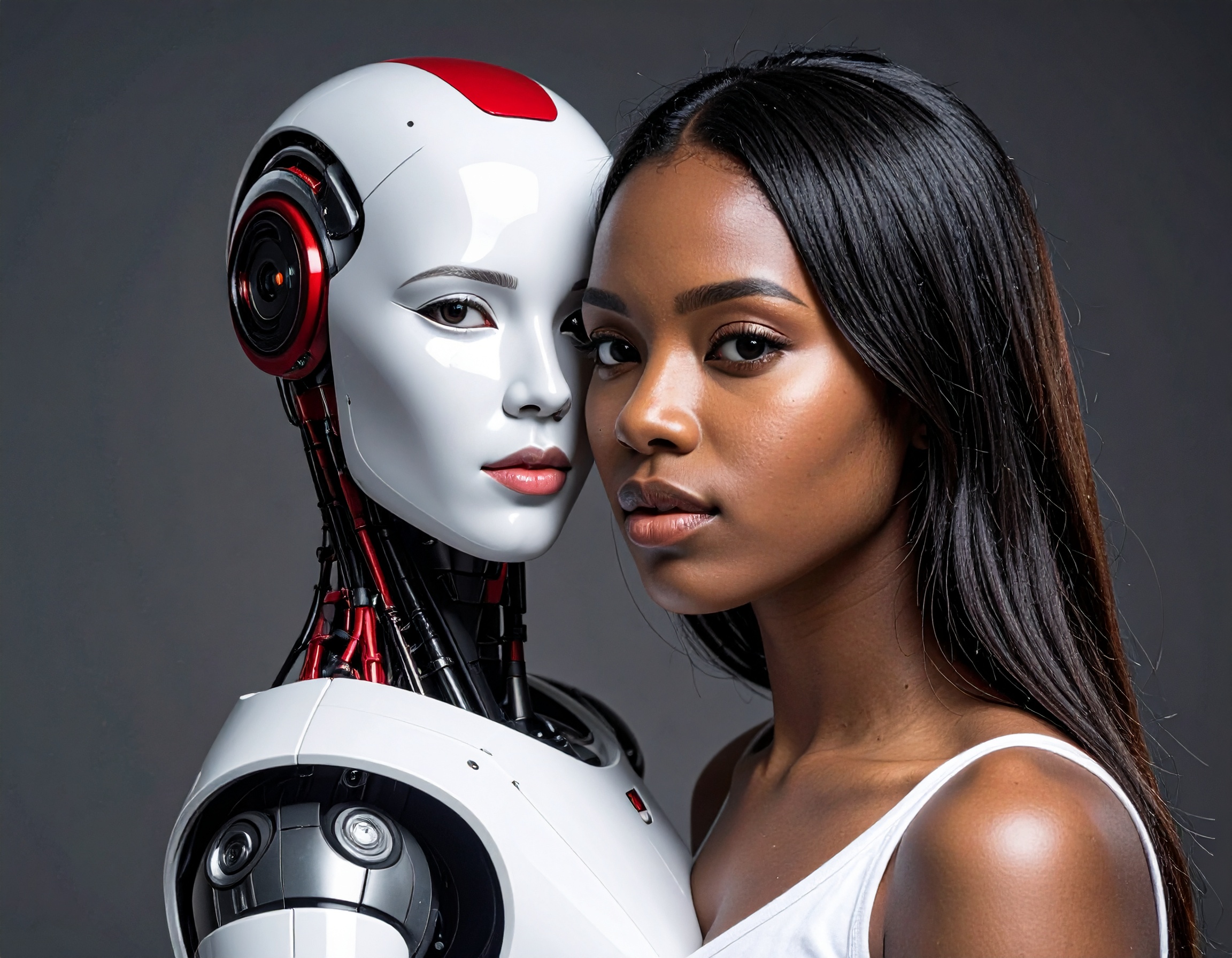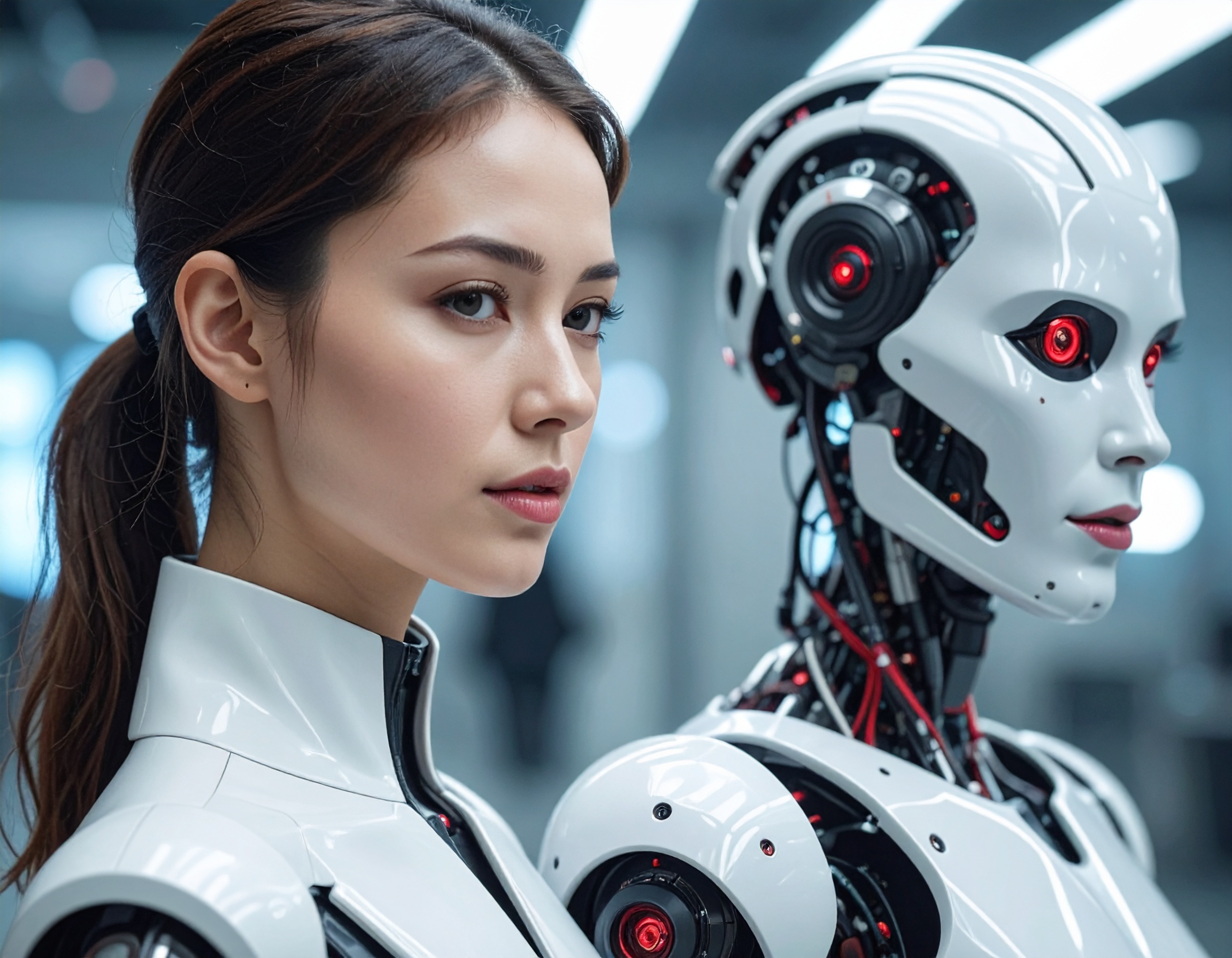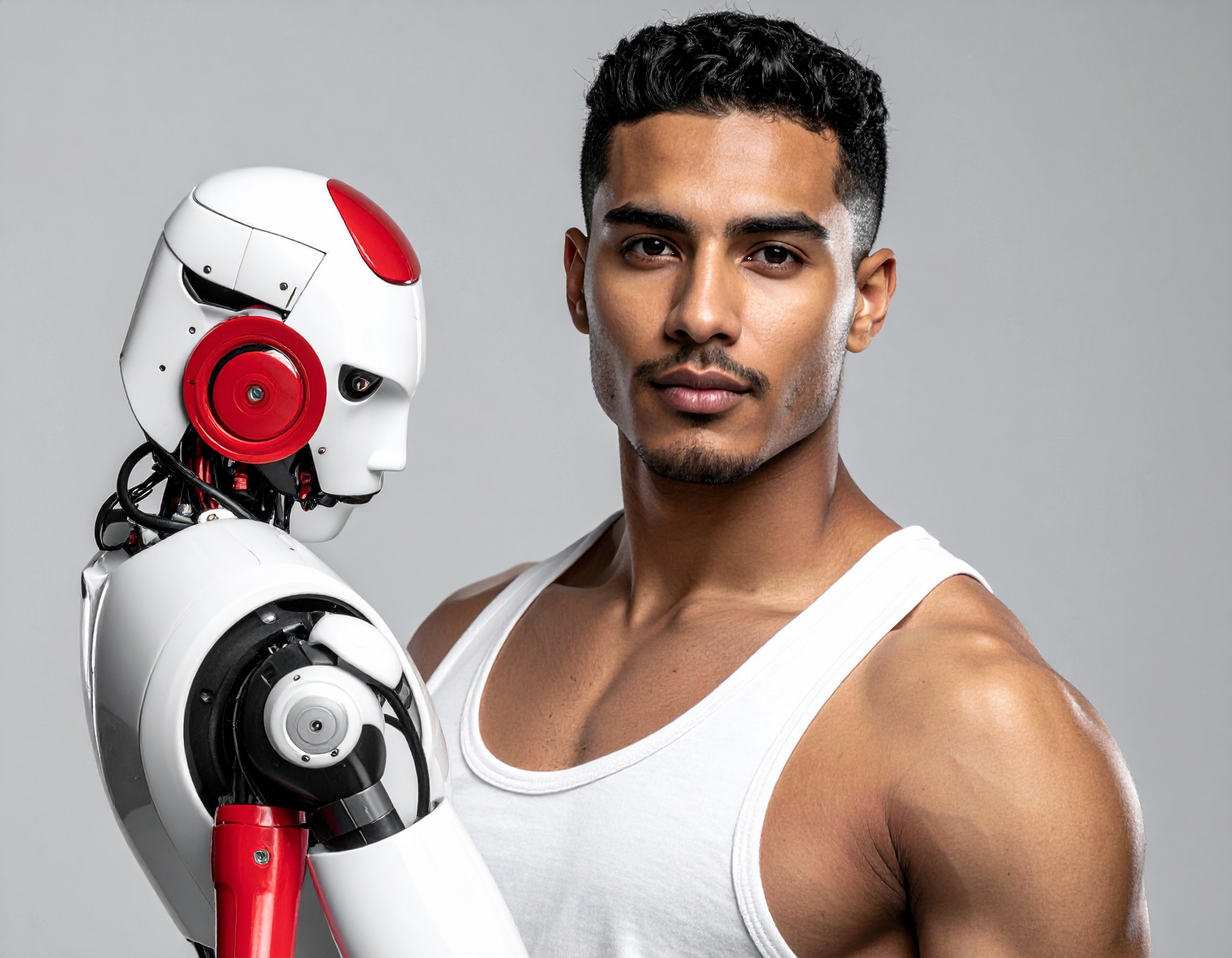Voice AI Agents Take the Helm: An AI Employee Revolution in the Call Center Hub

When and What Happened
In early 2025, a customer-support call centre deployed a novel set of non-human workers: Voice AI Agents, functioning as full-time AI Employees. These agents aren’t simply chatbots — they handle inbound calls, generate human-like speech, interpret natural language queries, and provide solutions in real-time. Over several weeks the company analysed their performance alongside human team members and found that the AI Employees could handle a large volume of calls, maintain consistent service levels, and free human agents for more complex issues.
How It Worked and What Was Found
- The Voice AI Agents were integrated into the existing phone-support infrastructure and took over routine inquiries (billing, password resets, basic troubleshooting).
- Human agents realised fewer repetitive tasks, focusing instead on escalations and high-value customer interactions.
- Performance metrics showed higher throughput with the non-human workers, with consistent response times and fewer errors caused by fatigue or distractions.
- Customer satisfaction remained stable or improved in many cases — thanks to faster responses and the human agents being freed up to give more attentive service when needed.
- Importantly, the introduction of the AI Employees triggered a shift in workforce strategy: humans now supervise, train, and fine-tune the voice agents rather than handle every call themselves.

Why It Matters
This shift is significant because it signals a new era in the workplace: non-human workers — specifically Voice AI Agents acting as full-fledged AI Employees — are moving from pilot projects into operational reality. For companies it means: cost efficiencies, 24/7 service potential, fewer human-agent bottlenecks. For employees it means their role changes: from direct repetitive work to oversight, exception handling, and improving the system. For customers it means faster, more predictable service and more human attention when it really matters.
Furthermore, the adoption of AI Employees raises questions around workforce structure, job redesign, and the ethics of non-human labour — making it a critical topic in the transformation of service industries.
Outlook and Considerations
Companies looking to adopt Voice AI Agents as AI Employees should pay attention to: training data quality, monitoring customer satisfaction, human-agent transition planning, and clear policies on when a human steps in. While non-human workers can dramatically boost productivity, they also need governance, oversight and human support. Over time this model could extend beyond call centres into customer service chats, email handling, technical support and even decision-assistance roles — reshaping the concept of workforce entirely.
Key Highlights:
- Full-time Voice AI Agents installed in a call-centre in 2025 as non-human workers (AI Employees).
- These agents handled routine calls, freeing human workers for complex tasks.
- Performance improved: more calls handled, faster responses, stable or improved customer satisfaction.
- Human workforce roles shifted from direct task execution to supervision, exception-handling and system improvement.
- Marks a key shift in how non-human workers integrate into organisational operations and how work is structured.
Reference:


